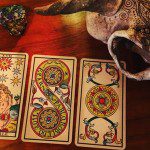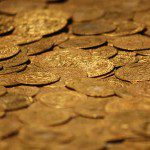Sometimes these ladies will take you by surprise…
Caliieach Bheur came by and I almost didn’t hear her,
but when I stepped outside she messed up my hair and scurried me to the car in a wind of
I laughed as I went and my inner 5 year old was loving every moment.
The clouds were a tempest of greys against a deep blue sky as I drove and thoughts turned to warm
wraps and a fireplace…and I liked it!
Danette Wilson

Hel
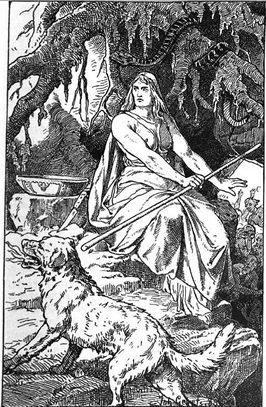
Scandinavian goddess, she is said to ride with Odhinn on his Wild Hunt through the sky, but she is also associated with lakes and streams.
Hel was queen of the dead and ruler of the Underworld realm called Niflheim. She was given her realm by Odhinn himself. Niflheim was a world of both intense ice and cold and volcanic fire.
Hel was the daughter of Loki and the Giantess Angurboda. She was terrible to look at, with one half of her body healthy the other rotten and diseased. Although the myths said that Hel would side against the gods and humans at Ragnarok, she received all of the dead, except those who died in battle. Part of her realm was a place of rest for the good dead , while part was a place of punishment for those who were evil.
The expression Hella cunni or Hel’s kinsmen was later corrupted to the word harlequin. It is recorded that during medieval times the Hellequins, or ladies of the night went from house to house among the common folk and received food and drink in exchange for good luck wishes. Hel was generally considered more benevolent than harmful.
Another of Hel’s names was Nether Moon, a direct linkage with the name of her Underworld Kingdom, Niflheim.
Her home was ‘Sleetcold’. She ruled over dark magic and revenge.
Holly was sacred to her, and the Germanic followers of this goddess often made magic wands from its wood. Even in the 10th-century, witchcraft tracts said that Pagan women rode under her leadership in wild night rides.
The Dark Mother He is a powerful deity. Often she works with her special animals, the wolves. If you feel you have been under psychic attack, bombarded by negative thoughts, or in physical danger, call upon the goddess Hel and her wolves.
Skadi
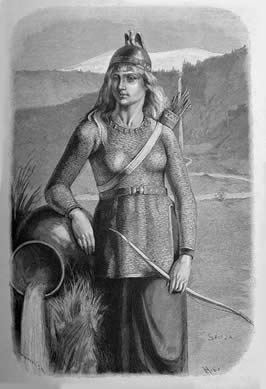
Skadi was the goddess of the dark, cruel North with its ice and snow. Her name comes from the root of the Gothic skadus, which means shadow or shade. Scandinavia was once called Scadin-auja, the land of Skadi. The Scandinavian skalds were poet shamans, and their powers and inspirations, as well as their name, came from the Dark Mother Skadi. It was believed that whatever they prophesied came true because they had a direct connection with the cauldron of all time within the realm of this goddess.
Norse myth describes Skadi as the beautiful daughter of the giant Thjazi. After her father was killed by Thor, Skadi came to the gates of Asgard and challenged the gods.
Skadi rules over mountains, wilderness, winter, revenge, knowledge, damage, justice and independence.
When do you call upon Skadi? Call upon her when you need help moving from the dark into the light.
She is often depicted hunting while on skis, snowshoes or on a snow-capped mountain.
Skadi is a huntress, a dark magician and in some stories she is depicted as a troll woman but Skadi is not an evil Goddess. She symbolizes the many dark times that we all go through.
Holda
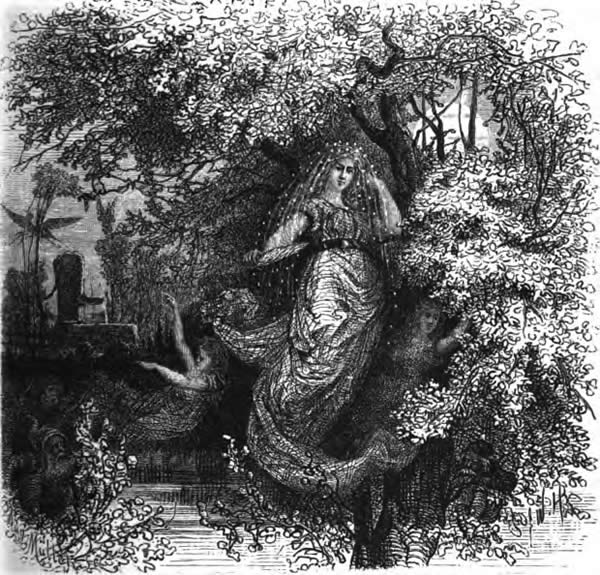
Germanic goddess, when it snowed, Germans said Holda was turning her feather bed. Frau Holda’s festival is in the middle of winter, the time when humans retreat indoors from the cold.
Holda’s connection to the spirit world through the magic of spinning and weaving has associated her with witchcraft in Catholic German folklore. She was considered to ride with witches on distaffs, which closely resemble the brooms that witches are thought to ride. Likewise, Holda was often identified with Diana in old church documents. As early as the beginning of the eleventh century she appears to have been known as the leader of women and female nocturnal spirits, which are called Hulden from Holda. These women would leave their houses in spirit, going “out through closed doors in the silence of the night, leaving their sleeping husbands behind”. They would travel vast distances through the sky, to great feasts, or to battles amongst the clouds.
She was said to bring on the first snowflakes of the year. The silver-haired goddess who knits the white blanket of the snow. She was also associated with other weather phenomenon , when it rained Holda was doing her washing, lightning was her scotching the flax,the fog was the smoke from her chimney. Her association with Winter ties into her craft of fibre arts. Winter was the time when people stayed inside and turned the summer’s wool and flax into clothing.
Holda is a goddess of witches. During the Middle Ages, instead of leading her Wild Hunt made solely of dead children, she added the ride of the flying witches to it, along with other random heretics. They may either have been the last survivors of a Pagan tradition or simply rebels against the restrictive medieval church, harking back to a more magical time that still bubbled in their blood.
She is also associated with the witches’ work of knot magic, potions and sacred cooking. Every kitchen witch who has found magic in the normal arts of domesticity has entered into Holda’s realm.
Berchta
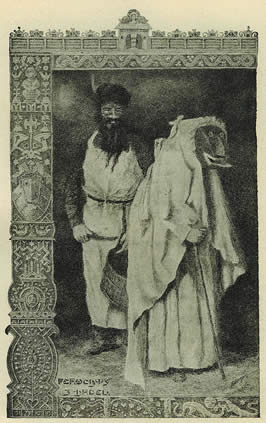
Berchta is described as an old woman with long teeth and tangled hair, sometimes depicted with a long iron nose and one large foot, and other times she is described as a beautiful dark haired woman dressed and crowned in white. Berchta is shown traveling either in a wagon or bearing a plough and attended by the spirits of unborn children. Sometimes she is shown flying through the air accompanied by a goose, which always flies in front of Her, making Berchta the original Mother Goose. Berchta is mainly associated with the winter season and she is also believed to be the cause of many natural phenomena.
Berchta, is the “White Lady” who spins destiny. Berchta is seen in the forests and winter snow with 24 spotted hounds, and she leads the ‘Wights’ (Spirits) through the winter time season back unto the resting places in the spring.
Nicneven
Nicneven was a Scottish goddess whose name means divine or brilliant, a form of Diana the Huntress. In Scotland she was said to ride through the night with her followers.
Nicneven, whose name is from a Scottish Gaelic surname meaning “daughter of the divine” or “daughter of Scathach”, is a Queen of the Fairies in Scottish folklore. The use of the name was first taken from a woman in Scotland condemned to death for witchcraft before being burnt at the stake as a witch. She was sometimes thought of as the mother witch or Habundia figure of Scottish fairy mythology. Goddess of Magic and winter.
Cailleach
The Cailleach was a Crone goddess, particularly in Scotland. A derivative of her name, Caledonia, was given to the country. Her name as well as her title as Black Mother, is too close to the name Kalika, a title of Kali, to be coincidence. Robert Graves says that the Cailleach was another form of the Irish Scathach and the Norse Skadi. Medieval legend turned her into the Black Queen.
November is the beginning of the reign of the Old Woman Cailleach.
On the Isle of Man, where she is known as Caillagh ny Groamagh, the Cailleach is said to have been the form of a gigantic bird, carrying sticks in her beak.
In Scotland, the Cailleachan, ‘old women’ were also known as The Storm Hags, and seen as personifications of the elemental powers of nature, especially in a destructive aspect. They were said to be particularly active in raising the windstorms during the period known as A’ Chailleach.
Dwarves and Elves
The Dark Faeries of winter are connected with the Earth.
Dwarves are probably the best-known of the Dark entities. They are not the stupid, silly creatures portrayed by Disney, but keepers of the Earth, its minerals and gems. They are marvelous metal workers of swords, magical items and jewelry. One should not take things from their kingdom without asking their permission.
You would be wise to cultivate their friendship. Those dwelling within your house will protect and bless if you are their friend. You can entice them using pyrite, spicy scents, ginger and cinnamon to draw their attention.
Elves like the colors of silver, light green and light blue. They are fond of ginger and fir scents. You can attract them by laying out silver, quartz, crystal and moonstone.
All of these Dark Faeries are attracted to ginger, honey, and milk, as well as by crystal. Have cookies and juice ready too.
Whisper magic of the land,
Mushroom ring and wooded strand.
Keep this home a happy place,
Of merry heart and smiling face.
Now is the time for home and hearth!
The Disir and Freyja
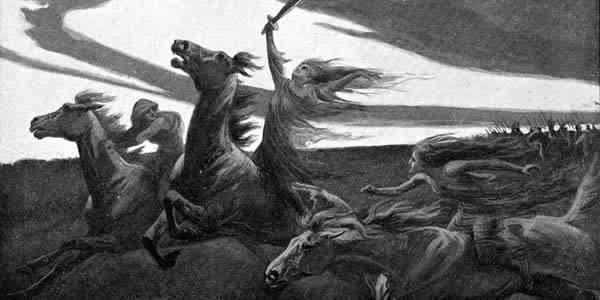
The Disirblot, a Norse feast of the Disir and the goddess Freyja, was celebrated, especially in Sweden, on the Full Moon at the beginning of the Norse Winter. The goddess was feasted with ale, pork, apples and barley. The Norse festivals or rituals were called blots; usually the entire community took part.
Freyja was called the Great Dis, placing her as the head of the Disir. The Disir were traditionally nine women dressed in black or white and carrying swords. Nine, a moon number and considered by the Norse to be one of the most sacred and mysterious numbers. The Disir were said to bring good luck but they were also merciless in exacting justice. They were called Idises in Germany and were closely associated with the Valkyries. They were involved with divination and dispensing of karmic justice.
They protected and guided the clans, dispensed fate, or wyrd, and aided priestesses with divination and the magical art of seidr. The Disir had the power to bind or release, using the power of the runes.
Calling upon Freyja and the Disir is helpful when you feel a need for more personal power.
Blue Hag
Blue Hag Mornings ~
The Blue Hag visits when the world hasn’t gotten out of bed yet.
I get to see her artistry and feel her embrace.
No smoke and mirrors, it’s nature’s bliss,
She colors the world with winter’s kiss.
Danette Wilson
The Blue Hag is most commonly known as the Cailleach Bheara or Bheur. Queen of the Winter, she is credited to making enormous mountains. The Calilleach Bhuer with her large staff , can freeze the ground to Winter. The large hills are said to have been formed when she was striding across the Scotland highlands and valleys when she accidentally dropped rocks from her creel or wicker basket. In other legends it is said that the Blue Hag of Scotland had intentionally built the mountains of both Scotland and Ireland to serve as her stepping stones to walk about the lands. The personification of winter, she would herd the deer and fight with the coming of spring.
Elen Of The Ways
Horned Goddess, and Lady of the Beasts, a female equivalent of Herne or Cernunnos. A reindeer goddess presiding over their migrations and their pathways, and this is where “the Ways” part of her name comes from. She has maintained that remit throughout the centuries, becoming interweaved into the Celtic legends and landscape to this very day.
Elen appears in the Mabinogion, a collection of Welsh myths, in the Dream of Mascen Wledig, She has links to the origins of Christmas too, and not just through Rudolph. The shamanic peoples of Scandinavia, the territories of modern day reindeer, have discovered a secret. In these regions also grows the hallucinogenic fly agaric mushrooms – toxic to humans, but not to the reindeer.
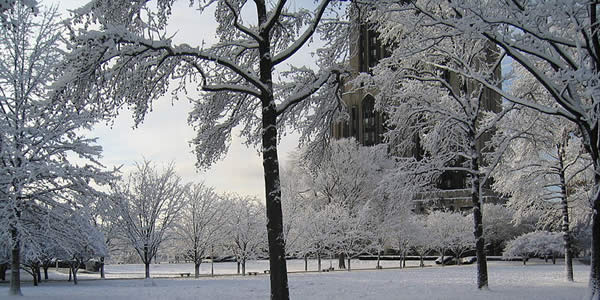

Patheos Pagan on Facebook.
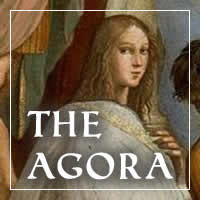
the Agora on Facebook
Outside the Circle is published twice monthly on Thursdays on Agora. Subscribe via RSS or e-mail!
Please use the links to the right to keep on top of activities here on the Agora as well as across the entire Patheos Pagan channel.


